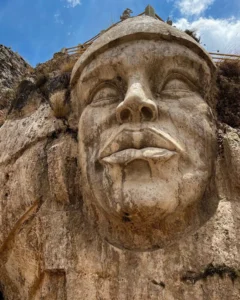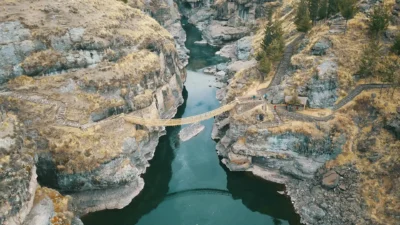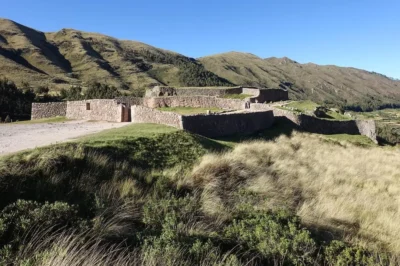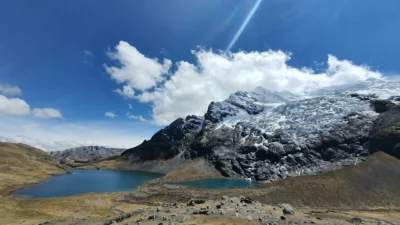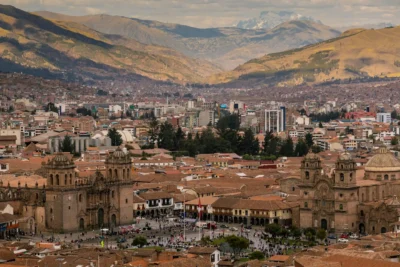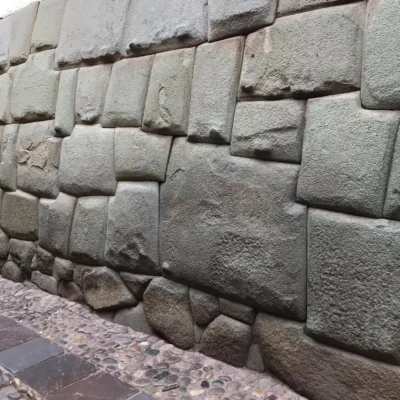If you’re looking for a unique experience in Cusco, away from conventional tourist routes, Waqrapukara is the perfect destination. This hidden gem combines history, Inca architecture, and spectacular landscapes. You might have wondered: What makes this place so special, and why is it increasingly popular among adventurers? The answer lies in its blend of mysticism and natural beauty, attracting both culture enthusiasts and hiking lovers.
In this comprehensive guide, you’ll discover everything you need to explore Waqrapukara: from its meaning and location to the best tips for planning your visit. Get ready to experience a place where history and nature converge, promising to be one of the most memorable moments of your trip to Cusco.
What is Waqrapukara and Where Is It Located?
Meaning of the Name “Waqrapukara”
The name “Waqrapukara” comes from Quechua and translates to “Fortress of the Horns.” This name refers to the peculiar shape of the mountains where it is located, whose rock structures resemble horns. This site is an archaeological treasure that blends impressive natural views with a unique cultural heritage.
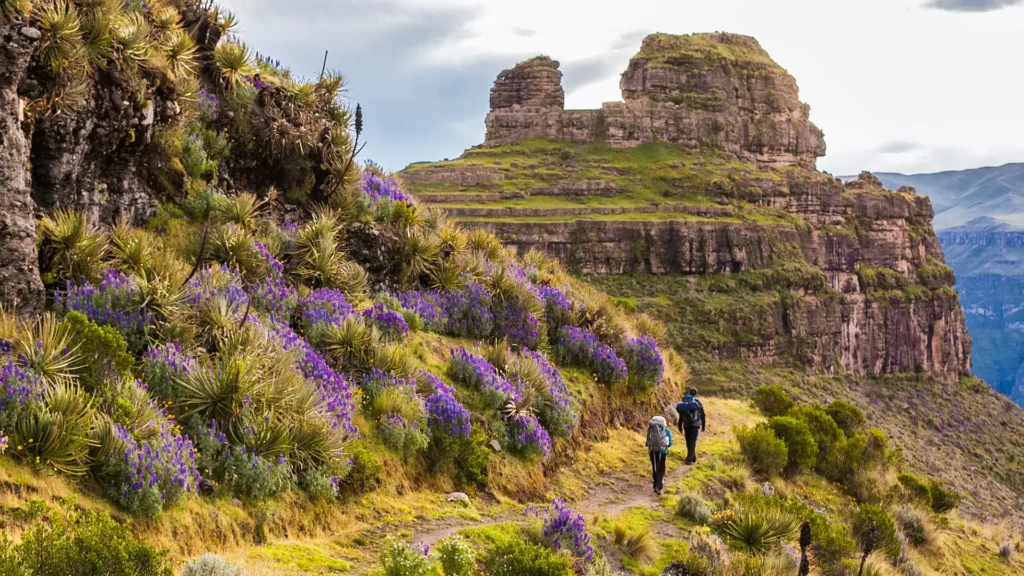
Location and Altitude: How to Get There from Cusco
Waqrapukara is located at 4,300 meters above sea level, in the province of Acomayo, about three hours southeast of the city of Cusco. Surrounded by deep canyons and towering mountains, the site offers an unparalleled setting for history and nature lovers. To reach it, you need to combine land transportation and hiking, making it an unforgettable experience.
Origin and Unique Shape of Waqrapukara
Construction History
Originally built by the pre-Inca Canchis culture, Waqrapukara was adopted and enhanced by the Incas. This site served ceremonial and strategic functions, and its architecture reflects the fusion of both cultures. It was a place where worship was offered to the apus, the protective spirits of the mountains.
Influence of the Canchis Culture and the Incas
The influence of the Canchis is evident in the construction of agricultural terraces and ceremonial enclosures. Later, the Incas incorporated characteristic architectural elements, such as perfectly assembled walls and ritual spaces adapted to their religious customs.
Layout and Architecture of Waqrapukara
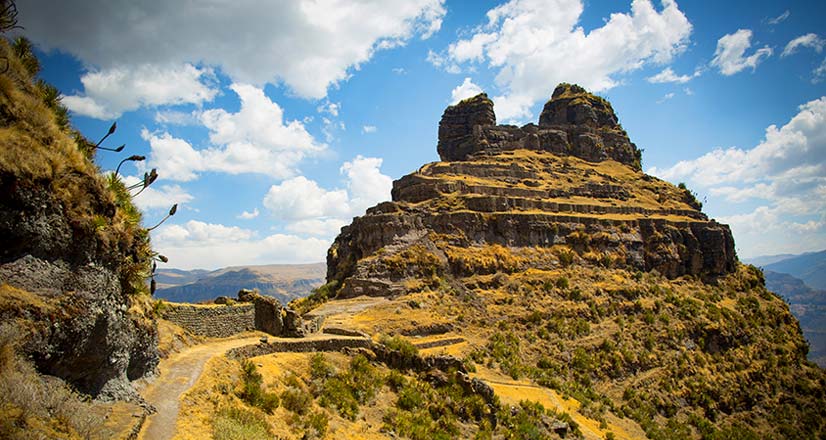
Main Structures and Their Purpose
The complex includes temples, ceremonial platforms, and enclosures intended for religious activities. Among the most notable structures are strategic viewpoints, used to observe the territory and the Inca roads that connected this fortress with other sites.
Ceremonial Enclosures and Agricultural Terraces
The agricultural terraces were not only functional but also had religious symbolism. The ceremonial enclosures, on the other hand, were intended to pay tribute to the gods and make offerings to Pachamama.
Notable Architectural Elements
Stairways: Lead to the highest areas of the fortress and offer spectacular views of the valley.
Trapezoidal Doors: A distinctive feature of Inca architecture, designed to withstand earthquakes.
Cyclopean Walls: Built with giant stones, they represent the skill of ancient builders to work with precision without modern tools.
How to Get to Waqrapukara from Cusco
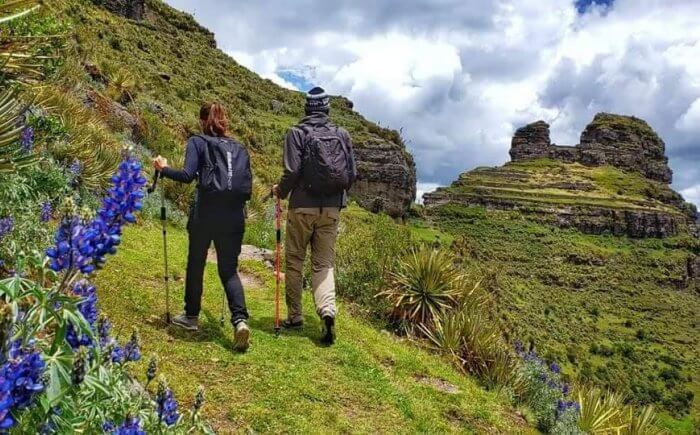
Main Routes
Via Sangarará
This route is ideal for those seeking a moderate hike. From the town of Sangarará, a walk of approximately 2 to 3 hours begins, traversing mountain landscapes and small streams.
Via Huayqui
It’s a more demanding route but offers unparalleled panoramic views. It requires a walk of around 4 hours, through steeper and more challenging terrain.
On Your Own
Transportation Options and Recommended Hikes
From Cusco, you can take public transportation to nearby towns like Sangarará or Huayqui. From there, hikes are mandatory to reach the fortress. It’s advisable to go early to take advantage of daylight and bring a map or GPS.
With a Travel Agency
Services Offered and Useful Tips
Agencies usually include private transportation, specialized guides, and basic equipment. This is ideal for those who prefer an organized experience and want to learn more about the site’s history.
Tips for Visiting Waqrapukara
Best Season and Weather for the Journey
The best time to visit is during the dry season, from May to October, when the weather is more stable and the paths are safer. During this season, the days are sunny and the nights cool, offering ideal conditions for hiking.
What to Bring for a Safe and Comfortable Experience
Appropriate Clothing: Windbreaker jacket, hat, gloves, and sturdy footwear.
Water and Snacks: The hike is demanding, so you’ll need to stay hydrated and energized.
Sun Protection: Even though it’s cold, the sun at high altitudes can be intense.
Trekking Poles: Useful for steep slopes.
Recommendations for Beginner Hikers
Acclimatization: Spend at least 2 days in Cusco to adapt to the altitude before attempting the hike.
Go at Your Own Pace: Don’t rush; the key is to maintain a steady rhythm.
Check the Weather: Make sure to review the weather conditions before setting out.
